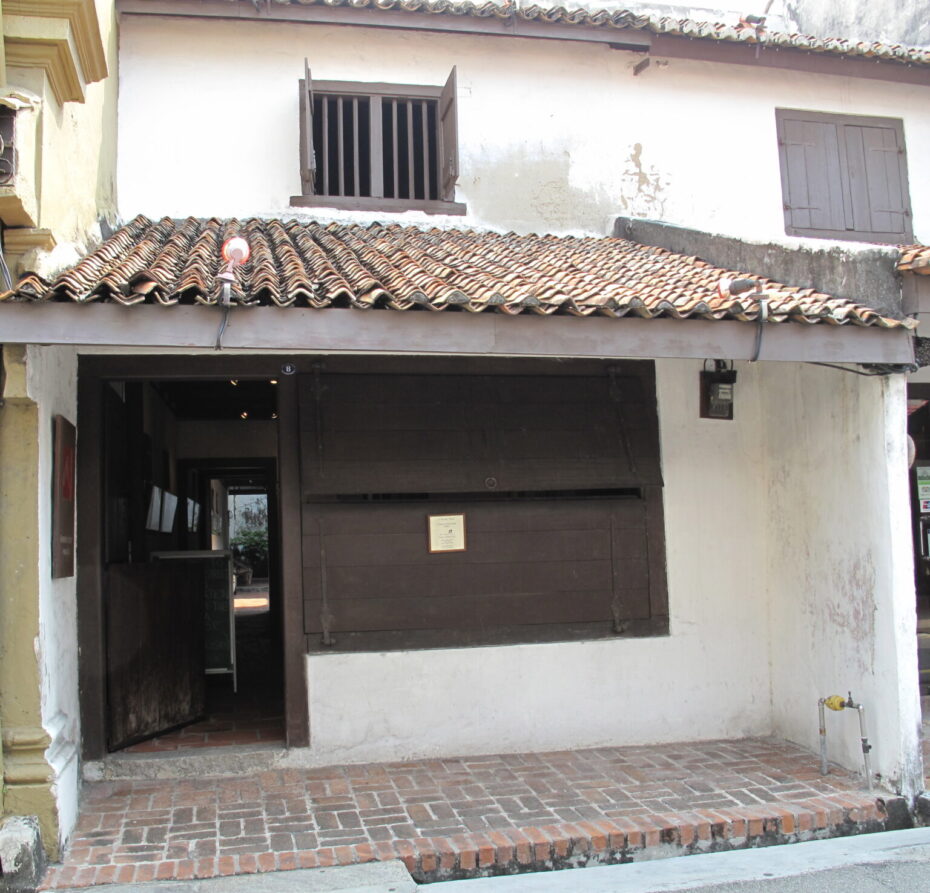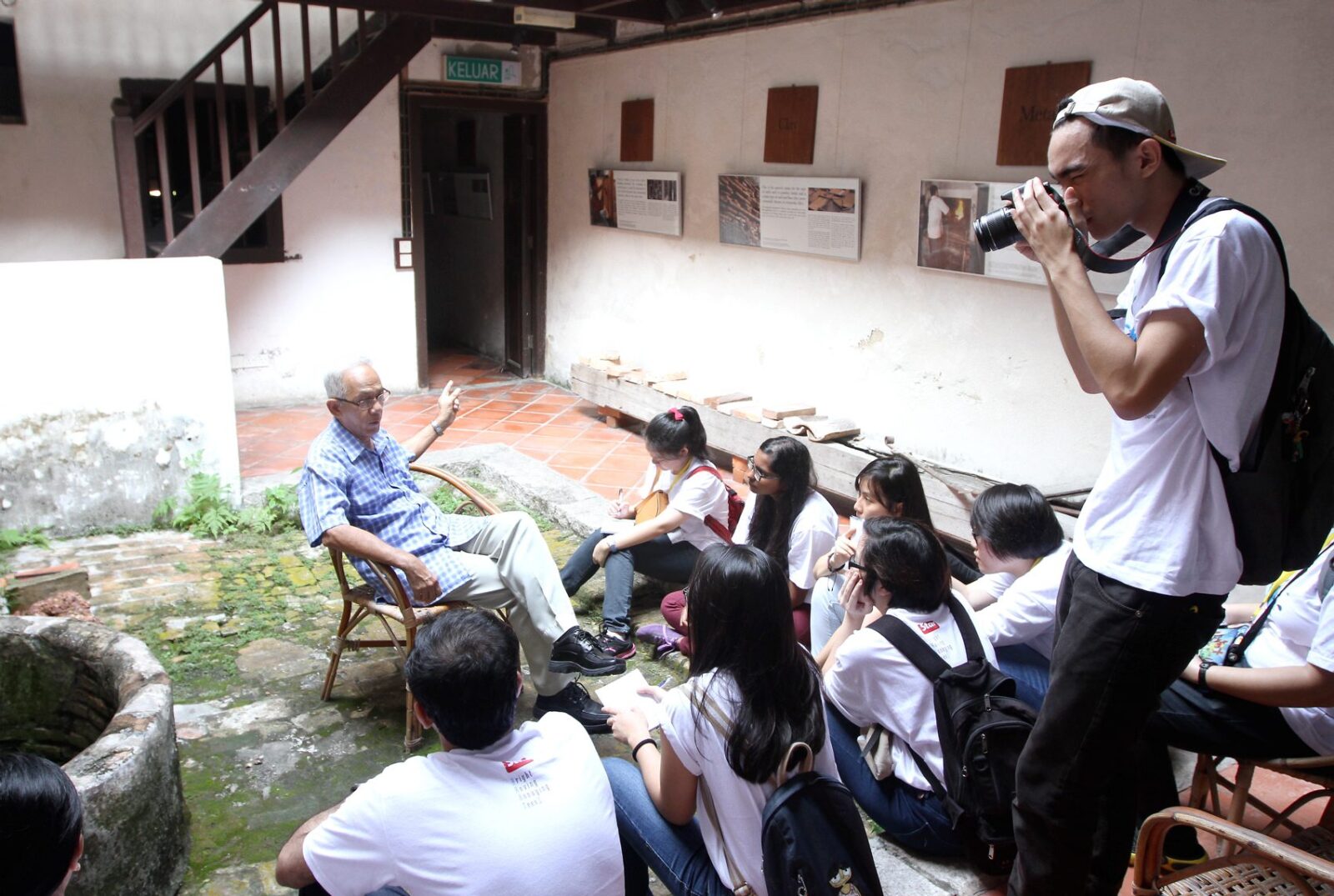AMID the many well-decorated shops around the Jonker Street area in Malacca lies a plain, rustic looking shop house with a small wooden signboard that says “eight” in Chinese.
That’s the No. 8 Heeren Street heritage centre, and you’ll find it on, of course, Heeren Street. You won’t find too many locals here, but plenty of foreign tourists drop by due to its high ratings on travel websites like TripAdvisor.
The BRATs were given a tour of the restored Dutch shop house by Colin Goh, the manager of No. 8 (named after the lot number of the property) and a huge Malacca heritage and history enthusiast.
Thanks to Goh, this humble piece of architecture came to life with stories and interesting nuggets of information about life during the colonial era.
Restoring history
In 2001, Badan Warisan Malaysia (the Malaysian Heritage Trust) received a grant from the United States Embassy in Malaysia to restore No. 8 Heeren Street, which was then in pretty bad shape. The building belongs to the nearby Cheng Hoon Teng temple, the oldest functioning temple in Malaysia.

The temple underwent restoration works in the late 1990s, and the results were highly commended by the United Nations Educational, Scientific and Cultural Organization (Unesco).
“Unesco visited the temple, and they were very impressed,” said Goh. “They also gave a report to the government, concerning their recommendations for Malacca and Penang’s application for Unesco World Heritage Site status.”
The recommendation was that Malacca’s unique architecture had to be preserved, and so the people at Cheng Hoon Teng decided to invite Badan Warisan to collaborate on restoring No. 8.
Early days
No. 8 Heeren Street was originally built in 1794, when the Dutch East India Company were the colonial masters of Malacca, having taken over the port city from the Portuguese.
The Dutch built many of their shop houses atop destroyed Portuguese structures in an effort to promote trade and restore Malacca’s status as one of the most important ports in the world.
Those lofty ambitions were never truly realised, and soon, everyday traders moved into the shop houses. At one point, No. 8 was inhabited by a group of “coolies” who worked at the docks.
As recently as the past decade, the building still provided an inkling as to what life was like in the past. During restoration works, a dark green resin-like substance was found on the roof, which turned out to be the result of opium use in the house. The coolies, said Goh, lived it up and treated the place like a “bachelor’s pad”, as they were strong men that very few would want to mess with.
But as trade dwindled, the coolies were forced to move on to other businesses, and the house was left unoccupied for a long period. Another tenant moved in after that, as family businesses started growing in the area to replace the shipping trade; but with modernisation quickly taking over, the tired shop house became abandoned again.
Thankfully, much of No. 8’s original structure has been painstakingly restored with the same building materials from the era.


Leave a reply